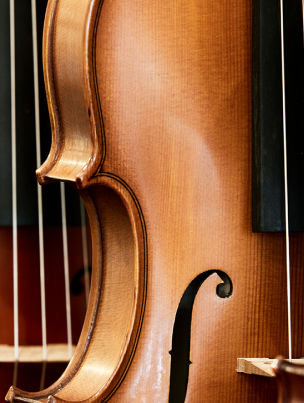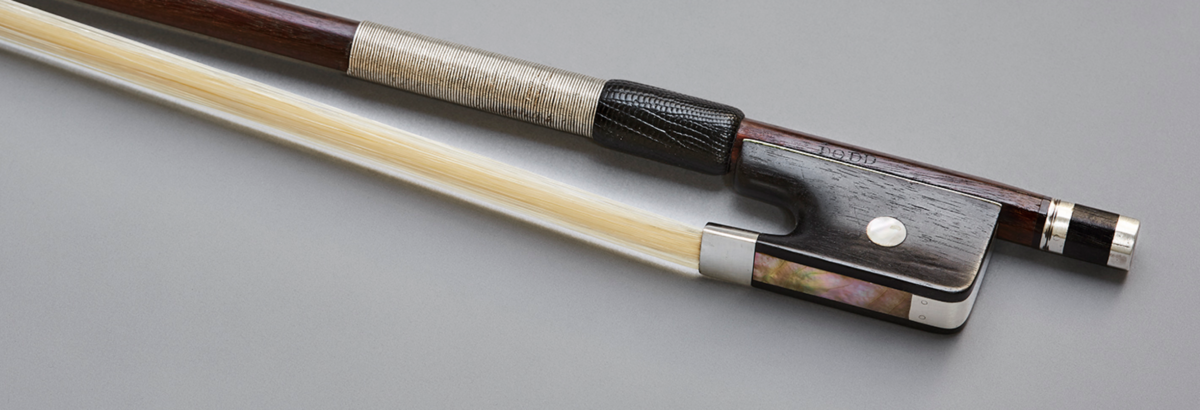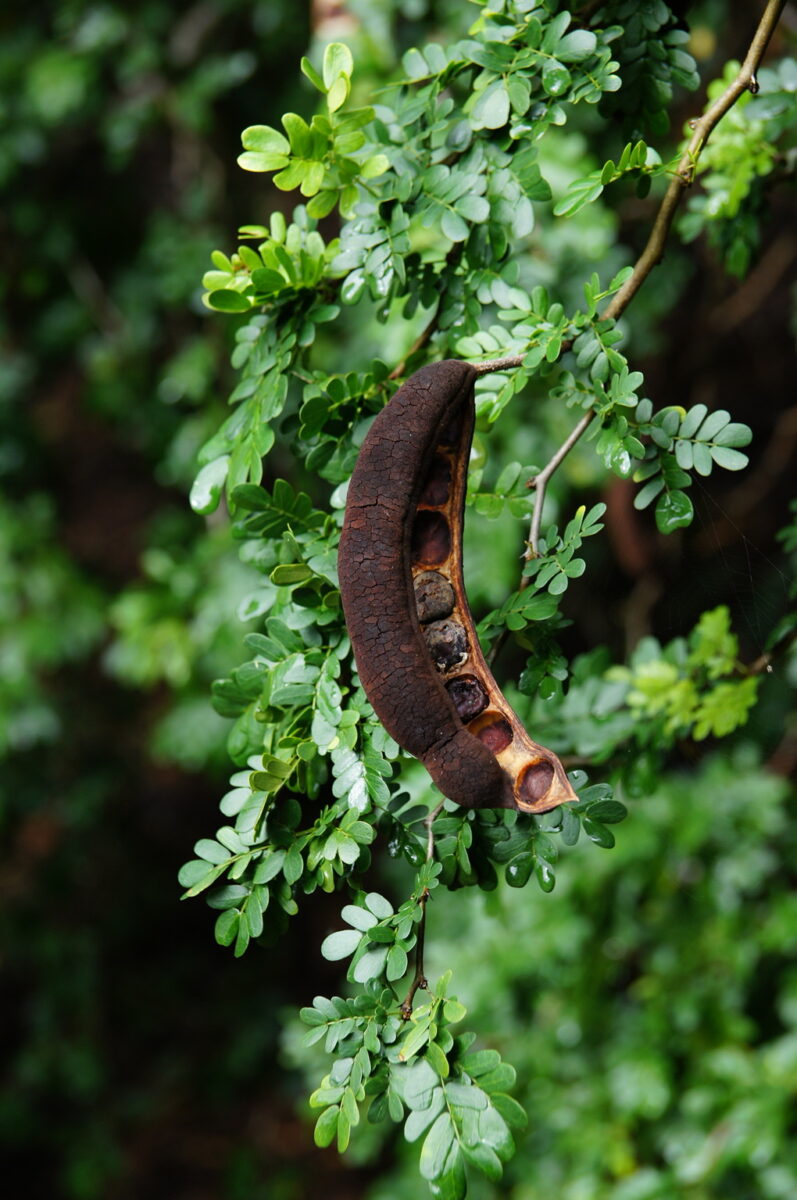

“Ebony forest” by parue85, licensed under CC BY-NC-SA 2.0.
The Convention on International Trade in Endangered Species (CITES) have the task of monitoring and placing legally enforceable restrictions on international trade in endangered species of wild fauna and flora.
About ten years ago, pernambuco, the wood used to make violin bows, attracted a CITES Appendix II listing.
Bow makers worldwide immediately addressed the problem. They formed the International Pernambuco Conservation Initiative (IPCI) and, in partnership with Brazilian government departments and scientific authorities set about ensuring the survival of the species. So successful has the programme been that CITES officials consider it to be a model for other endangered species. IPCI continues to work with the Brazilian government towards the long term conservation of pernambuco.
CITES attention has now turned to another wood that is universally used in violin making… ebony!
In 2012, Madagascar listed 104 species of Diospyros (ebony) in Appendix III of CITES, in 2013 this listing was upgraded to Appendix II. An Appendix II listing has the potential to make travelling with your instruments and bows difficult.
In recognition of the conservation effort, violin makers internationally have endorsed the Madagascan proposal, its progress through the CITES process was monitored on our behalf by the Entente Internationale des Maîtres Luthiers et Archetiers d’art (EILA), who supported an amendment in the proposal to exclude finished items, i.e. violins and bows.
On 12 March 2013, the Madagascan proposal to include their ebony species in Appendix II was adopted by the CITES plenary at the 16th Congress of the Parties in Bangkok to include the exemption for finished items mentioned above.

Unfortunately, Madagascar is not the only country in which ebony is under threat and so there may be further proposals for Appendix listings in the future. This threat to the violin and bow makers’ crafts, and to musicians being able to travel freely with their instruments, will be a recurring theme for the foreseeable future.
CITES Appendix listings are not fixed; whilst there’s little chance of an ebony listing being lifted any time soon, there is every possibility that they can be upgraded to a higher level. An Appendix I listing would make international travel with instruments or bows practically unworkable so it is imperative that we collectively acknowledge this problem and start to work towards a sustainable future for ebony.
Satellite image of “Madagascar” showing the thin band of forest along the coast where ebony grows, by europeanspaceagency, CC BY-SA 2.0.
Violins do not lie at the heart of the problem, our use of ebony is at a sustainable rate. Your fingerboard will long outlast the time it takes an ebony tree to grow from seedling to mature tree so there is no need to feel overly guilty about your ebony use.
The main problems lie with the usual ecological changes that accompany human development which include loss of natural habitat due to urban development, land clearing for agriculture and industry, clear-felling to accommodate intensive mono cultures, reduction of wood to charcoal for smelting furnaces, etc.
Over time, these massive losses mean that the fewer remaining trees become more valuable and illegal logging then starts to become a profitable criminal activity, further exacerbating the problem.
If we do nothing, our very modest use of ebony will become a more significant part of the problem, but if we act now, experience has shown that user groups with a vested interest in the continued sustainable use of resources can have an enormous positive input.
Huge problems tend to have political, administrative, scientific and practical areas that all need to be addressed, any action needs to be carefully and objectively applied if they are to be effective.
EILA has, for some time, been in consultation with CITES management authorities internationally and engaged a New York based environmental consultant to follow the Madagascan Appendix II proposal to its conclusion to try to ensure the best outcome for makers and musicians.
A regeneration project is being developed between the Royal Botanical Gardens at Kew and Madagascan authorities. Hopefully many more such projects will ensue. These require funding, EILA and national violin making organisations around the world continue to contribute to conservation funding requirements.
But it is too big a problem for violin makers alone; musicians will also have to be involved in conservation funding efforts if we are to have a successful outcome and makers will very much look forward to working with musicians on some of these important future projects.

“Texas ebony (Ebenopsis ebano) with open seedpod” by Tatters, licensed under CC BY-SA 2.0.